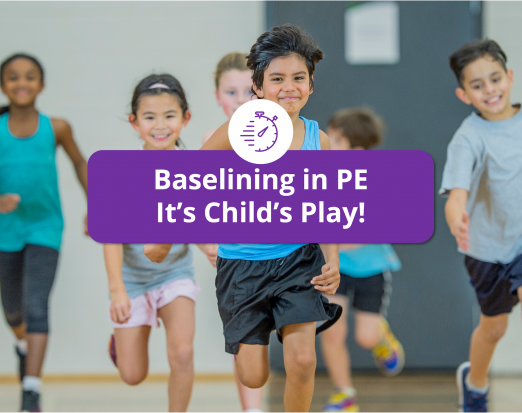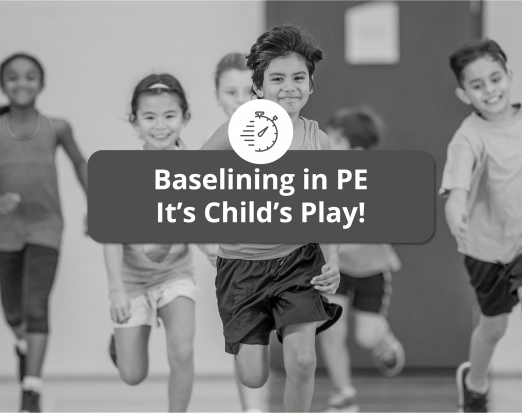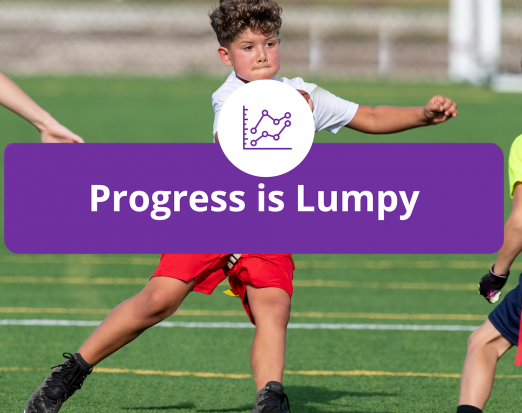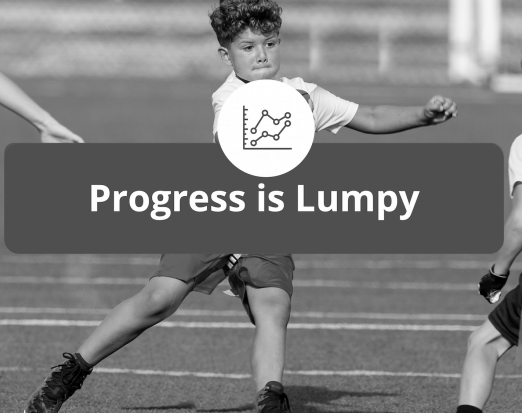5 Activities to Promote Nutrition - Make School Meals Mindful Pt 2
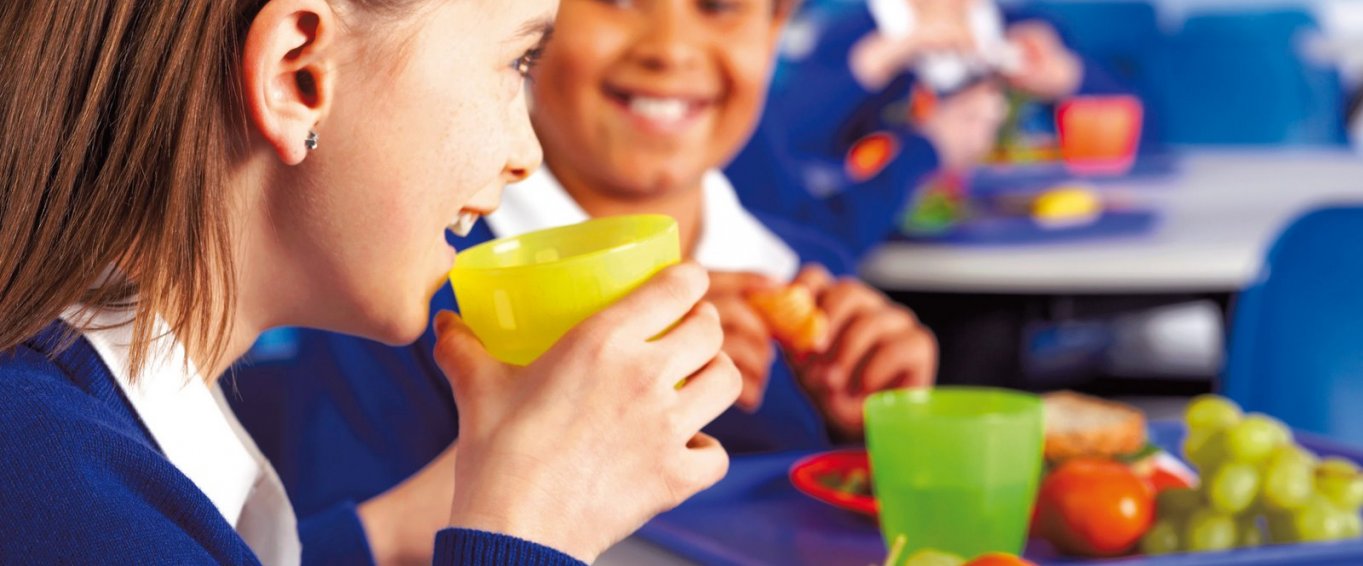
We've explored the basics of mindful eating and being food aware, as well as the benefits of spending more time appreciating our meals. According to nutritionists, developing a healthier relationship with food can be as simple as slowing down, acknowledging sensations and allocating appropriate time and space for eating. Of course, it's not always as easy as it sounds, particularly for younger pupils in primary school!
It's why our Healthy Schools Programme encourages healthy eating and food awareness via dynamic games, colourful characters and exciting classroom activities. Our goal is to help teachers demonstrate the benefits of a balanced diet and show pupils healthy food can be fun. As our healthy eating mascot Kerry the Carrot says, "Eat the best, leave the rest!"
Let's look at some healthy eating activities you can use to support your lesson plans:
1. Healthy Food Field Trip
One source of inspiration you may have overlooked is right there at your school. Just take a quick trip down to your school kitchen! Showing pupils where their lunch is made personalises the food process. It's also an opportunity to demonstrate differences between fresh ingredients and less nutritious foods that come readymade at the supermarket.
Bonus Activity: Give pupils a good look at the variety of ingredients on offer in their school kitchen. Challenge them to devise a healthy main and dessert using only these ingredients. Give them ten minutes to take notes. Then, it's back to the classroom to draw and present their ideas.
2. What Would Batman Eat?
According to a 2012 study on health priming, children are more likely to make healthy food choices if these choices are associated with favourite role models. It's known as the 'What Would Batman Eat?' activity as children were asked if they thought Batman would choose a healthy food (an apple) or an unhealthy food (French fries). Children who linked the role model to the healthy food option were significantly more likely to choose it for themselves later.
Turn this idea into a fun game by asking pupils to pick a role model and 1-3 healthy foods they might like to eat. In pairs, they should take turns guessing one another's healthy choices. Yes or no questions only.
Bonus Activity: Ask pupils to create a short story or comic strip featuring both their chosen role model and healthy foods. Does Spiderman chow down on a juicy orange before chasing bad guys? Is Batman partial to a bowl of healthy porridge before saving the city?
3. Always Read the Label
Examining nutrition labels is a great way for children to learn the difference between healthy and unhealthy. For this activity, you'll need a variety of food labels; collect them yourself or ask pupils to bring in an empty carton or sleeve. Use foods (with multiple ingredients) that could be considered a meal. In pairs, ask pupils to discuss their assigned food labels.
They must look at the nutritional content to determine if sugar, fat, fibre, etc. are within a healthy or unhealthy range. Next, discuss different ways the ingredients could be changed to make the product healthier (for instance, swapping full fat milk for skimmed).
Bonus Activity: With a little research, pupils could find out if their proposed changes really would make the meal healthier. Can they redesign the packaging - either on paper or a computer - to reflect the new ingredients and nutritional content?
4. The EatWell Olympics
Your pupils should be familiar with the EatWell Plate. It has replaced the 'food pyramid' as your school's best guide to creating healthy, balanced meals. With a good understanding of the EatWell categories, children should be able to match foods to their correct food groups.
There are four major food groups (five if you want to include sugar): protein, dairy, grains and fruits and vegetables. Assign a simple movement to each group. For example, star jumps for grains, a squat for proteins, etc. Ask pupils to stand. As you randomly call out foods, the children should match them to the right groups by performing the assigned move.
Bonus Activity: For a fun twist, ask pupils to form small groups and create a short dance routine that features all four EatWell moves.
5. The Persuasion Pitch
This activity gives children an opportunity to learn about vegetables and develop their speaking and presenting skills at the same time. Either individually or in small groups, randomly assign your pupils a vegetable. They must create a three minute presentation - a speech, a PowerPoint, a poster, etc. - designed to persuade their peers to eat it. Give pupils time to research and plan their presentations. Hold a vote after each one to see how many people it convinced.
Bonus Activity: To add movement, introduce a beanbag for those who want to ask questions. Listeners may only speak if they stand and catch the beanbag thrown to them by a presenting pupil. They must throw it back when done talking.
Read the first part of our blog (Reinventing Lunchtimes - Make School Meals Mindful Pt.1) for more tips for teachers. Get practical advice on making dinnertimes healthy and satisfying!
